Living Life to the Fullest in Spite of Cancer
By Jacqueline Cromity · Program Manager, Enterprise And Commercial East And South · U.S
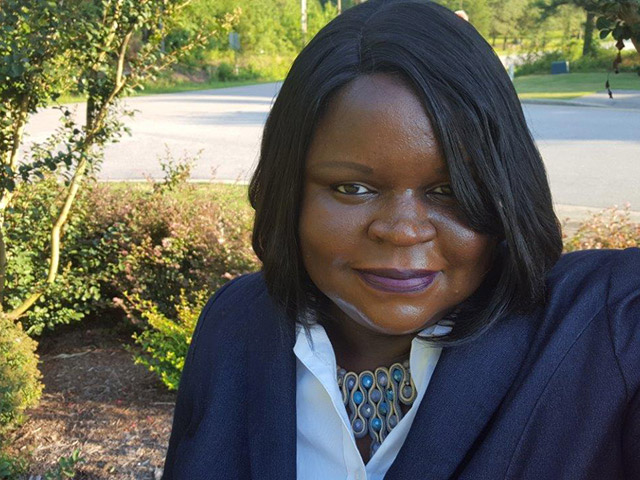
One morning after a shower, I found a small lump in my breast that I didn’t think anything of. A month prior I was cleared by the doctor during my annual checkup who performed a breast examination by hand. I was on a bi-yearly schedule due to my age, so I was in between my regular mammograms, but my husband urged me to get a mammogram so I went. It resulted in a diagnosis of a Triple-Negative Tumor—a pervasive and aggressive form of Breast Cancer. They found two small connected tumors in the lower quadrant in my breast next to my rib cage between Stage 3 and 4.
About 15-20 percent of breast cancers are triple-negative. Triple-negative cancers usually are more aggressive, harder to treat, and more likely to come back than cancers that are hormone-receptor-positive and/or HER2-positive. After much prayer, I was led to have a lumpectomy and following surgery, they didn’t find any cancer cells in the margin around the tumor nor in my lymph nodes. After the surgery my treatment called for chemotherapy and radiation.
During the chemotherapy regimen (Docetaxel, Doxorubicin and Syclophoshamide) and simultaneously taking Neulasta shots (which affects your entire Skelton system) and other medication followed 30 days of daily radiation treatments. My husband and I were advised to explore alternative methods if we wanted any chance to conceive in the future. We decided not to explore other options and put our trust in God—who gave me the strength to endure the many symptoms, provided direction on important decisions and a peace beyond all understanding while continuing my life as I knew it! My mom died of cancer at the same age that I was diagnosed. So you can image the mental torture that could have ensued, but faith conquered fear!
I informed my manager of my medical condition but asked that she not share it; I didn’t want to be treated differently, nor my work load adjusted. I was leading a transformation project that I wanted to see through, and I was committed to my customers. After my first chemo session, I took a plane to India to discuss my organization’s strategy with senior management. I continued to take my kids to school daily, and during chemo treatments I was taking conference calls.
The deterioration of my physical appearance due to the side effects from my treatment became obvious to some, despite my wig and makeup, so I informed a few of my colleagues.
My attempts to apply makeup to draw eyebrows, which were never even on both sides, were obvious. I polished my nails the best I could, because going to a nail salon was out of the question due to my weakened immune system. I am always professionally dressed but my ankles were so swollen I had to wear flip flops, and I put a fan on my desk because I was so hot due to being thrust into early menopause. These were just a few of many discomforts I encountered while winning the war with cancer.
There are many women who struggle with returning to a normalcy of life during and after cancer treatments. The physical alteration and the fear of unacceptance keeps people from work, school, and other public places. I refused to let my battle with cancer take away my joy, and I was determined to live life to the fullest.
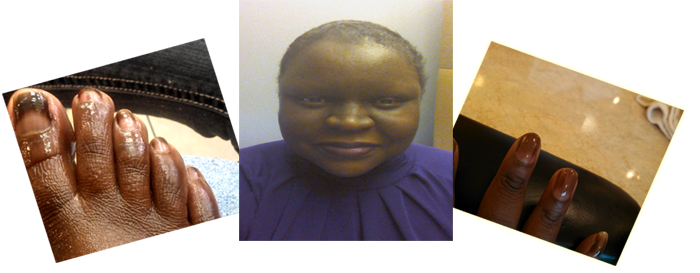
However, there were times I felt embarrassed to walk into a beauty shop with darkened toe nails after my treatment; seeing the look on the nail technician’s face. And to go a step further, feeling compelled to divulge my medical situation to a stranger so my symptoms were not mistaken for fungus or something contagious. These experiences, and the positive experience I had with my Cisco family, inspired me to start the Survivor Friendly initiative.
Insurance and other agencies provide financial support for prosthetic wigs, scarfs, bras and medical treatment. But most beauty aids to supplement or simply replace physical features are considered cosmetic and are out-of-pocket expenses. The Survivor Friendly organization distributes free bags, which include beauty essentials and other supplies to help the healing process and normalcy of life after cancer. They are also working to establish a global survivor friendly community of businesses that will treat survivors with dignity, providing a safe haven for them to be served without shame.
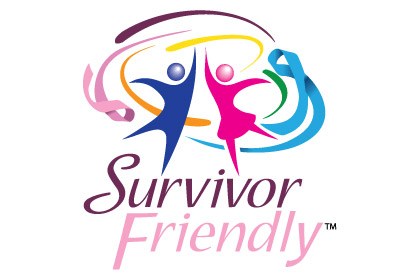
I want to thank Cisco for being the first Survivor Friendly Workplace recipient.
During my battle with cancer, my team NEVER treated me differently; nobody avoided me or made negative comments about how I looked. People embraced my new look as my hair was growing back.
Aside from my wonderful husband, family, friends and Christian community, it was my Cisco family that was a source of strength for me. My manager, who had similar experiences, was the person who referred me to my cancer specialist. Many colleagues were surprised that I was sick when I told them, because I delivered a baby and didn’t miss a beat.
Today I am cancer free and I give God every bit of the glory. Despite the prognosis, I delivered a healthy baby boy named Isaiah. My worldwide Cisco family celebrated by giving us wonderful gifts, a celebratory lunch, and messages of congratulations.
All things work together for the good, and I believe my journey was meant to help and inspire others. A heartfelt thank you, Cisco. You were—and are still—an integral part of my recovery.
Please support the Survivor Friendly Initiative by donating, or help promote the movement by nominating or certifying a business.
Related Links:
Internal Links:
- Cancer support network (Cisco employees)
- Our People Deal
Did you know? You can share this story using the social media icons on the upper left. Use the hashtag #WeAreCisco. You can also rate or comment on the story below.
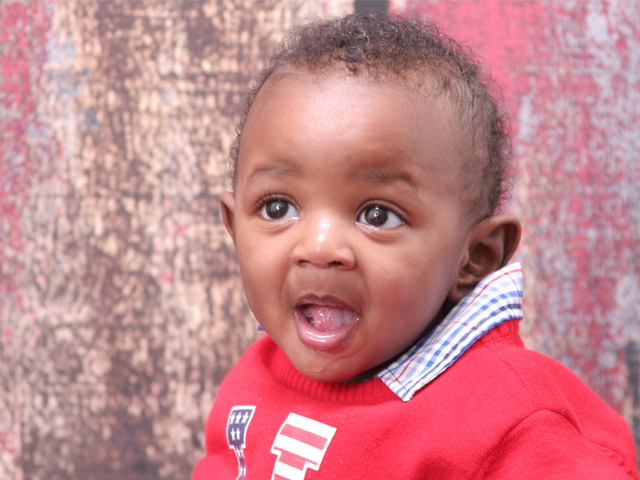
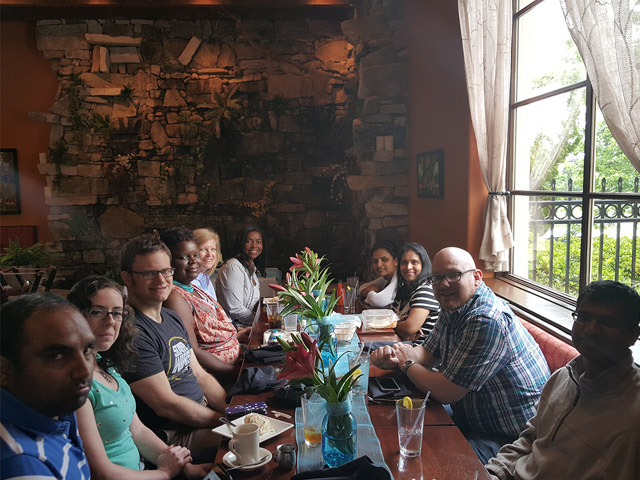
Share your thoughts!
Log in to rate and commentShare your thoughts on the story here!